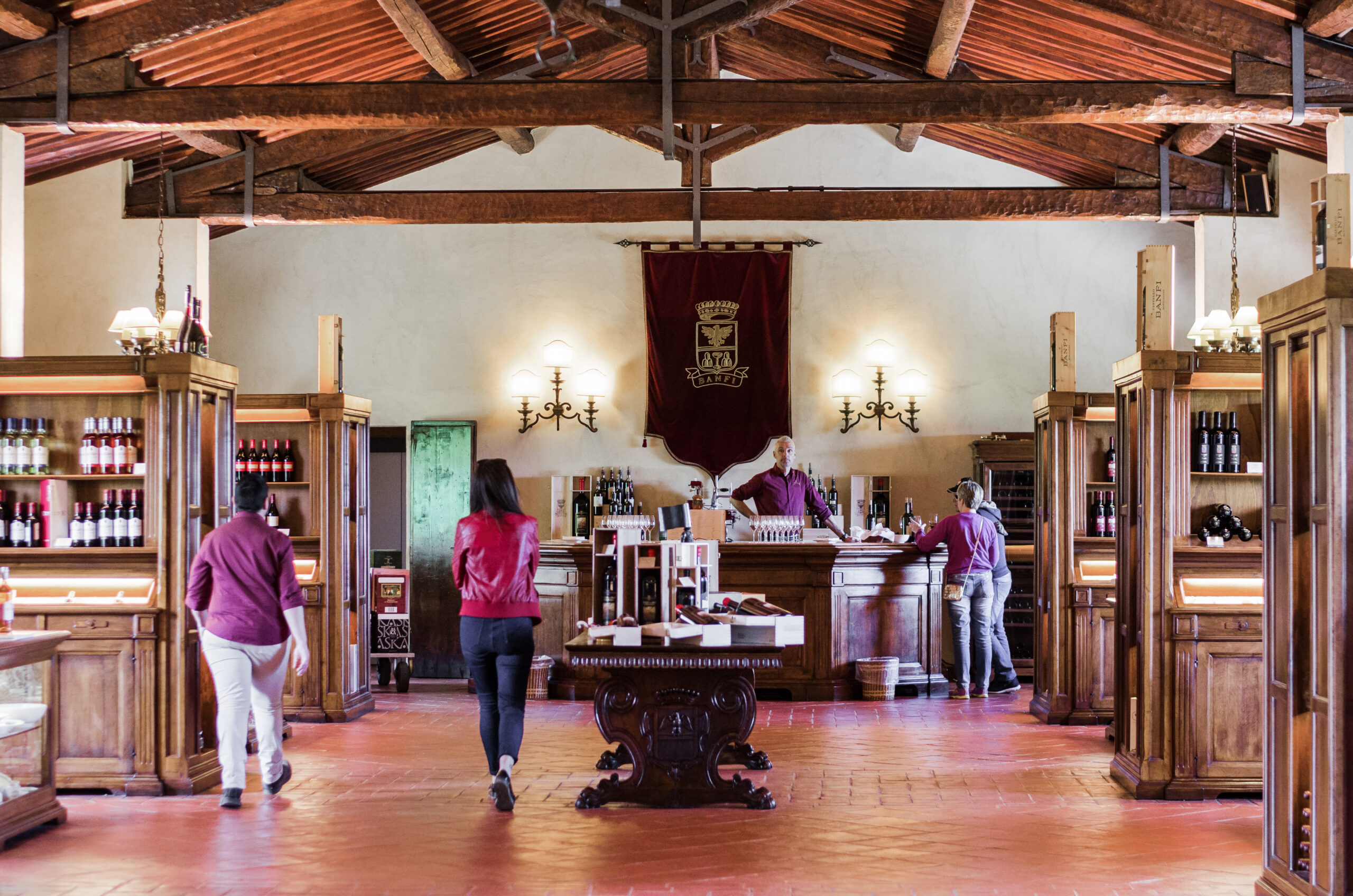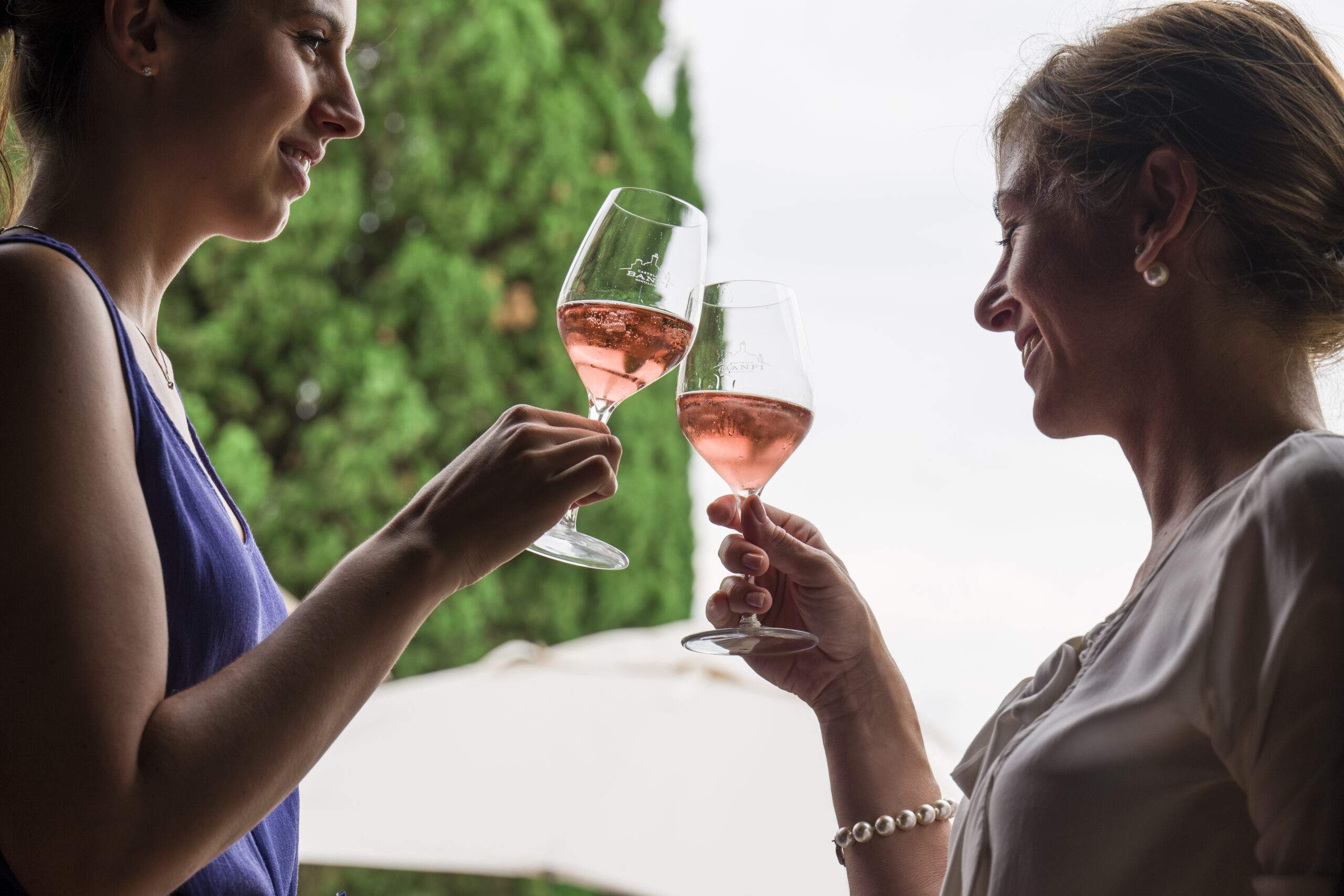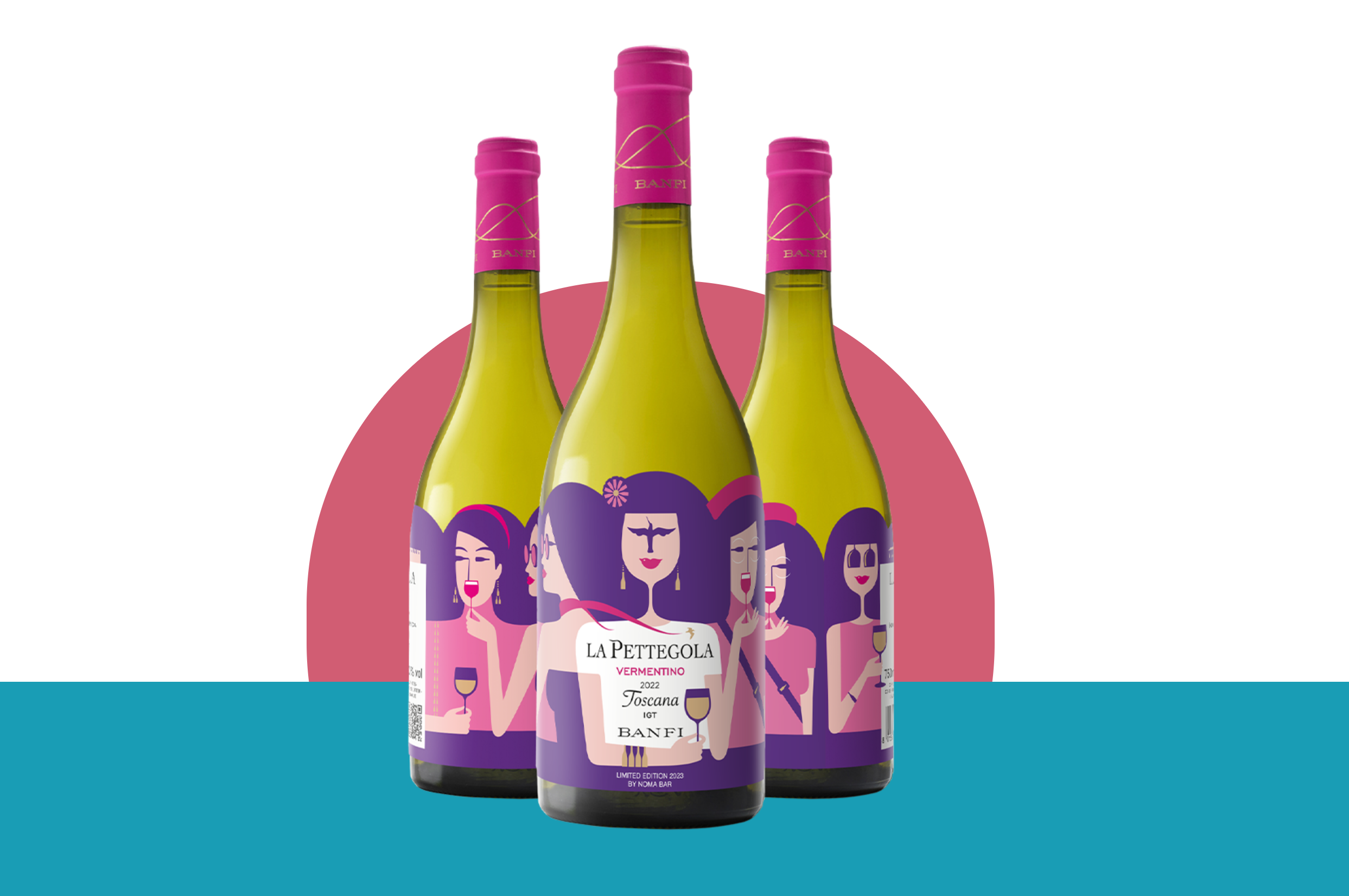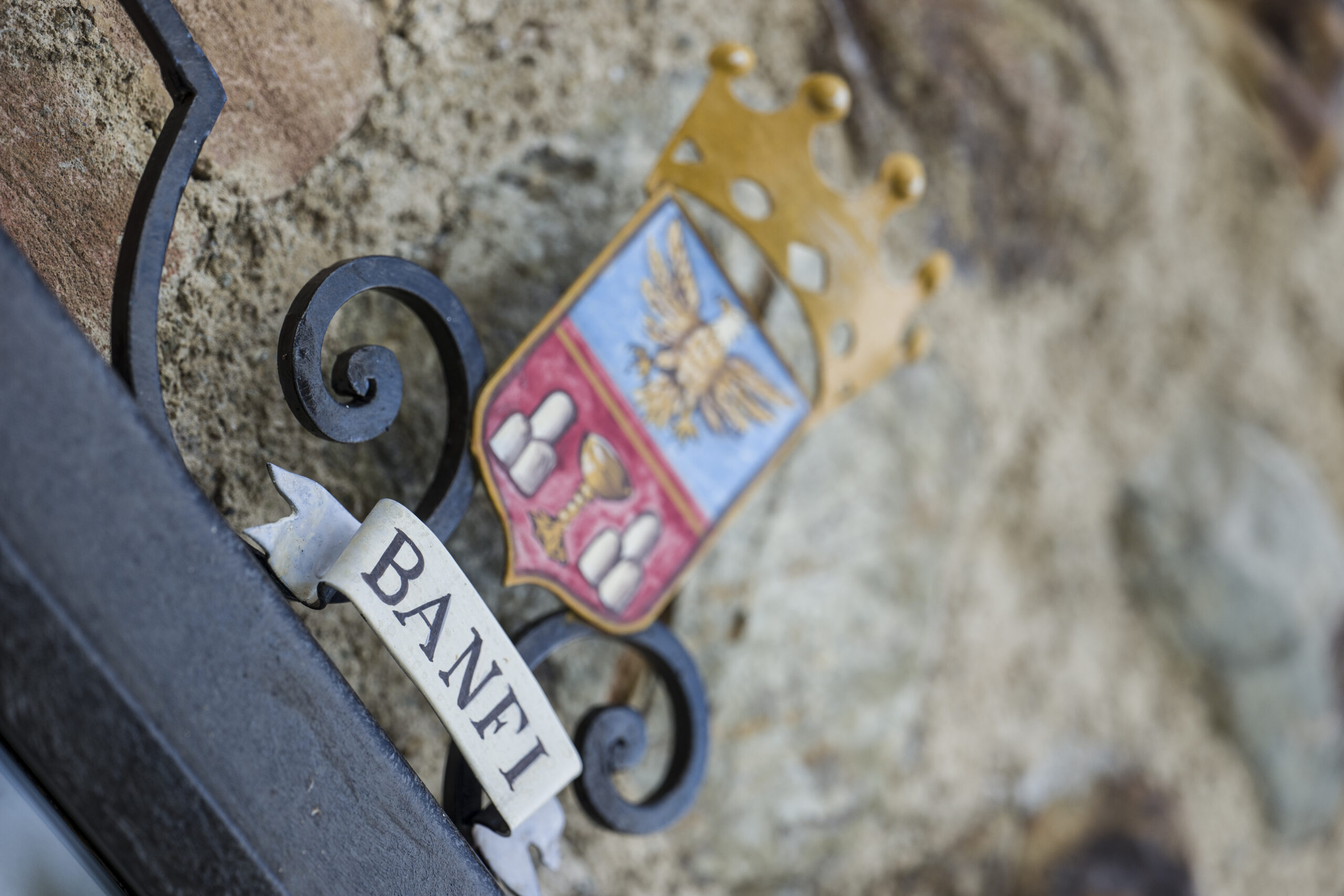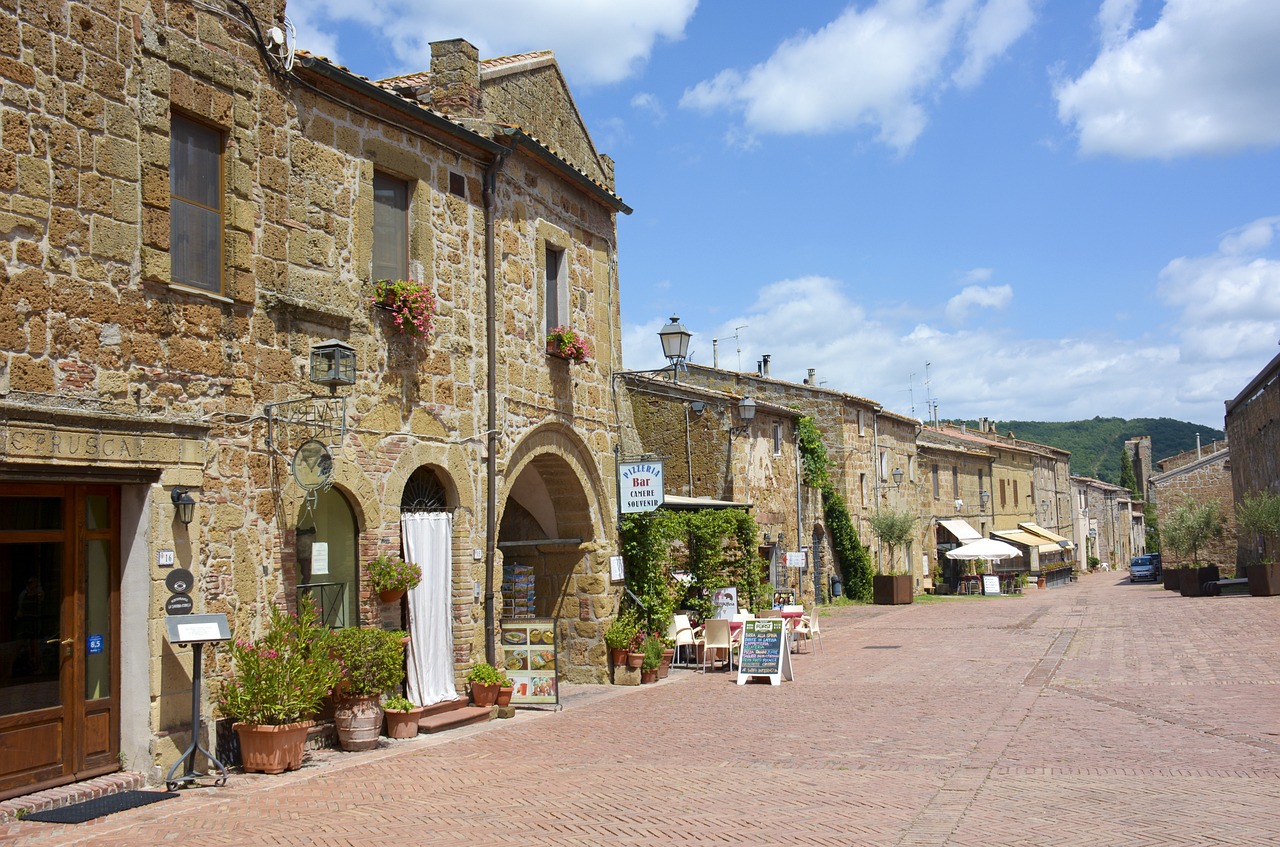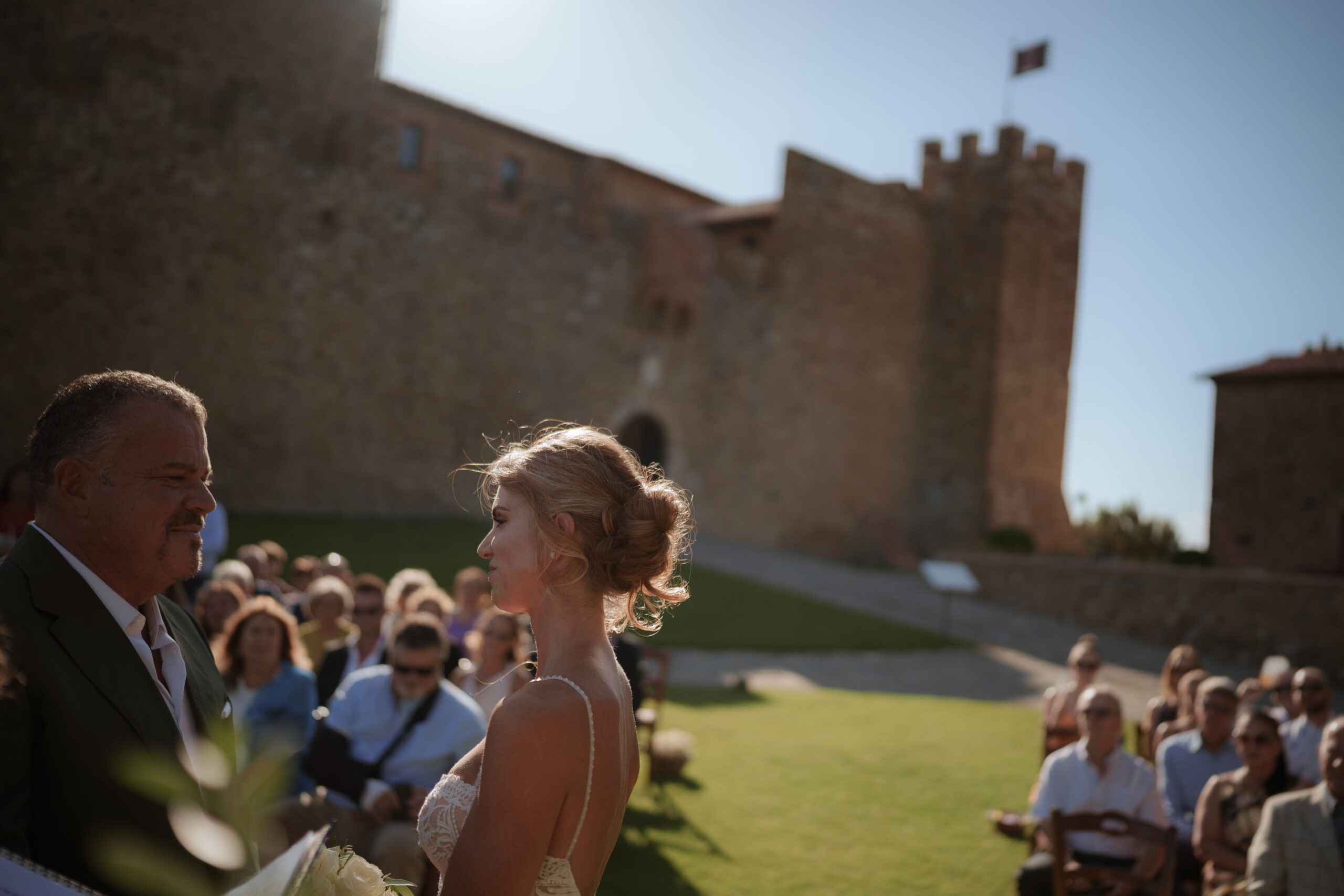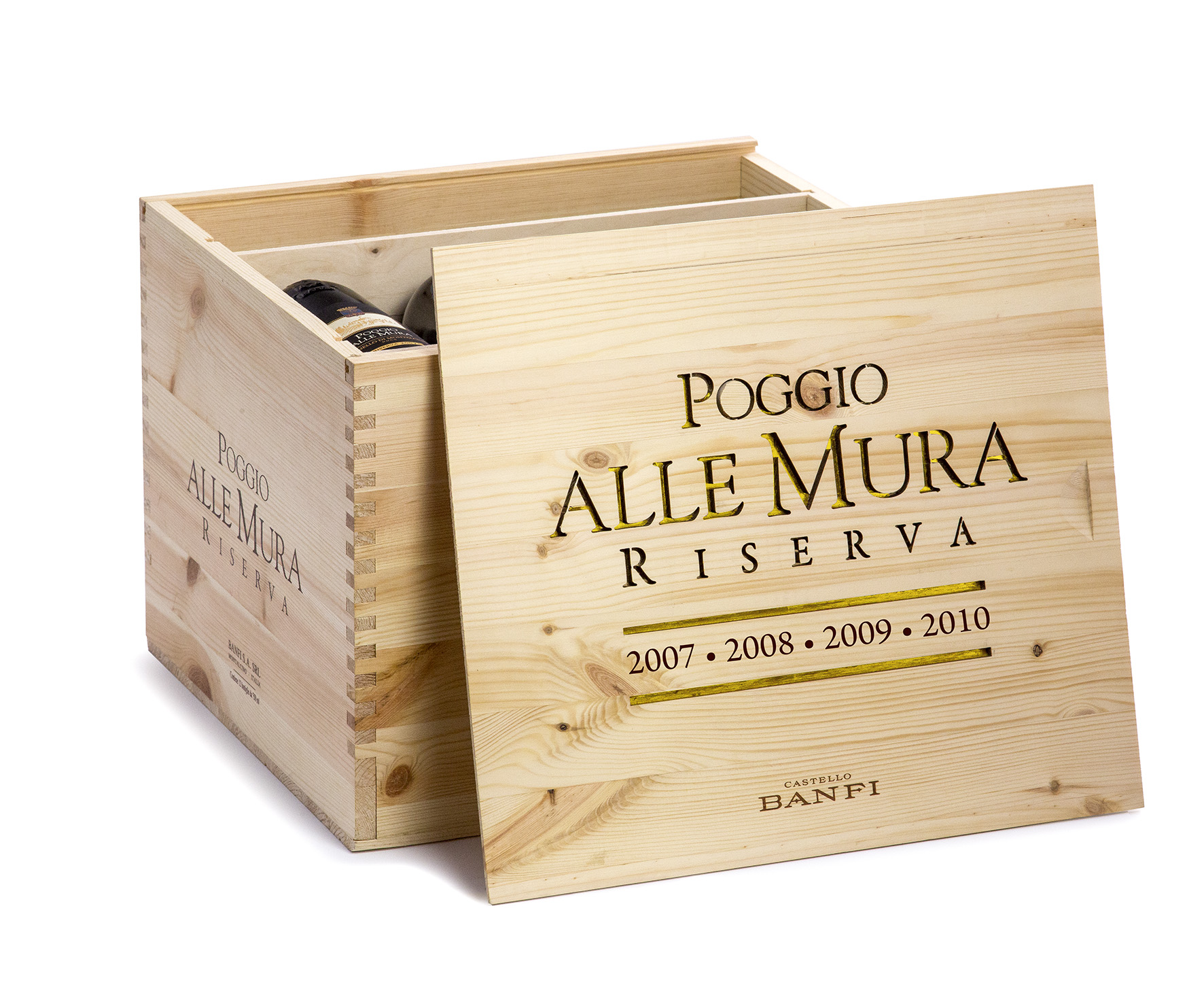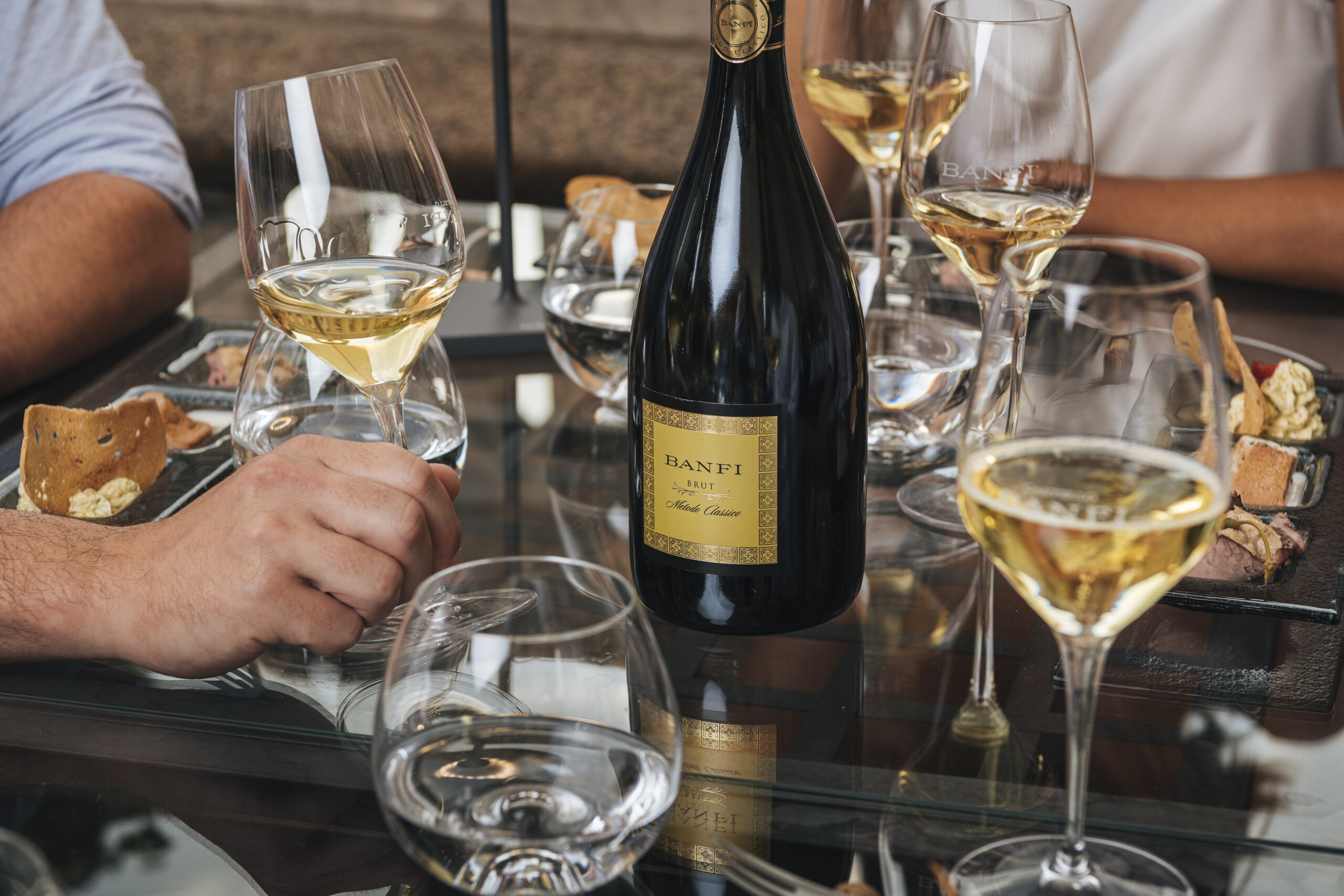Discover our wine shop and cellar, strategically located near Montalcino and enjoy an unforgettable wine tasting.
Wine tastings in wine cellars in Montalcino: where to go?
More and more tourists and wine enthusiasts are choosing the wineries of Montalcino for a tasting of the finest excellence of this unique territory. Wineries in Montalcino, in fact, are the perfect place to learn more about the world of wine from history to production techniques.
Food and wine tourism in recent years is not limited to simply tasting local products but complements the exploration of the area and its traditions.The charming village of Montalcino, nestled among the green and sunny hills of southern Tuscany, is the ideal destination for such an immersive experience.
Why is Montalcino the perfect place to learn about wine?
A visit to the wineries of Montalcino accompanied by a wine tasting cannot be said to be complete without a brief excursion into the history of this area, which has been deeply linked to wine production since the past.
Montalcino: land of wines since Etruscan times already
The vocation of the Montalcino area for wine production is as old as the town itself: in fact, numerous archaeological finds testify that already in Etruscan times the verdant hills surrounding the place where the town now stands were dedicated to the cultivation of vines and the production of excellent wines renowned throughout the peninsula.
But it was during the nineteenth century that, with the production of Brunello, Montalcino won the title of “home of wine,” thus becoming a favorite destination for connoisseurs and enthusiasts curious to discover the area's wineries and experience the tastings that each of them offers. Montalcino's wineries are in fact among the first to open their doors to visitors, becoming one of the first villages in Italy to promote wine tourism.
Unique territory and producers of excellence
For all those who wish to learn more about the world of wine, from its origins to the more technical aspects related to production, a tasting at one of Montalcino's wineries turns out to be the ideal choice.
In fact, this area, thanks to its special microclimate, makes it possible to produce wines of the highest quality, first and foremost the Brunello di Montalcino, the highest expression of the prince grape variety of these lands: Sangiovese
Wineries in Montalcino where to book a wine tasting
But where to taste Brunello di Montalcino and other local delicacies? Castello Banfi Wine Resort is the ideal place to make a tasting in the territory of Montalcino. Located in the charming Poggio alle Mura, just a short walk from the center of Montalcino, this wonderful wine resort offers the opportunity to visit the vineyards and the Banfi winery and enjoy a truly unique tasting experience. Visiting the wineries near Montalcino for wine tastings will not only be an itinerary that will take you through the heady scents and the thousand flavors of this region, but a real journey into the world of wine production, where the knowledge of yesteryear is intertwined with the latest technologies, resulting in products of unparalleled excellence.
It begins with a tour of the vineyards
A visit to the vineyards is the first stop for those who decide to do a wine tasting near Montalcino. Walking through the rows of vines, you will have the opportunity to discover technical and historical trivia about the different grape varieties produced in Montalcino and the techniques that allow them to be transformed into the extraordinary wines that characterize this area and how wine is made.
Winery visits
At Castello Banfi Wine Resort the tour to the vineyards is accompanied by a visit to the winery, the beating heart of the Banfi winery, designed to preserve the richness of the grapes and their characteristics. The pride of our winery is the brand new winemaking area, which can be fully visited thanks to some comfortable and innovative architectural solutions, allowing to observe the whole winemaking process.
You will be accompanied by an expert guide, who will explain the different stages of wine production and the different tools used for production and aging. You will also have our experienced sommeliers at your side who will accompany you through the tasting experience, teaching you how to recognize a good wine by sight and smell, even before the palate.
How tastings are held at the Enoteca
L’Enoteca Banfi is the ideal place to taste a selection of various types of Brunello di Montalcino, accompanying each glass to the products, pairing them with typical products such as local pecorino cheese and Tuscan prosciutto. Just a few steps from the castle, the ambience recreates in every way a Tuscan workshop of yesteryear, with rustic floors and beamed ceilings. You can stroll among the elegant shelves of fine wood on which stand the marvels of local craftsmanship and Banfi's signature wines; you can taste local food and wine products, including the renowned Condimento Balsamico Etrusco and the grappe Banfi.
To meet the needs of all wine lovers, our wine shop organizes different tour routes, from the afternoon tour with tasting of four types of wine to the morning tour with a three- or four-course lunch, with wines chosen for pairing by our expert sommeliers, or even booking a private tour with a tour of the vineyards, winery and Balsameria, followed by a guided tasting and lunch at the La Taverna Restaurant.

